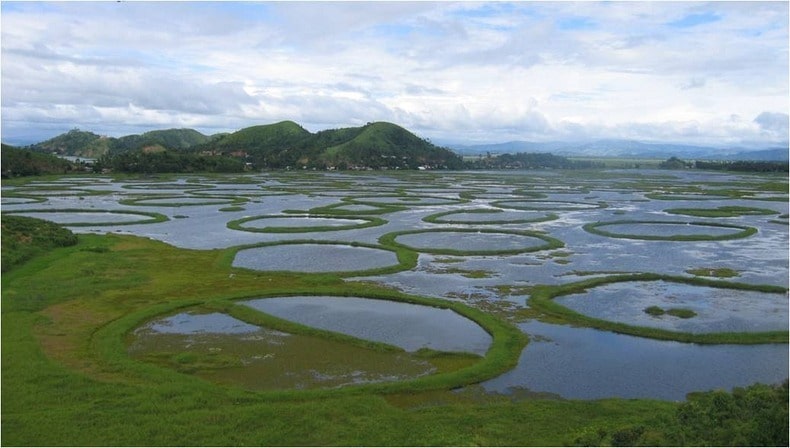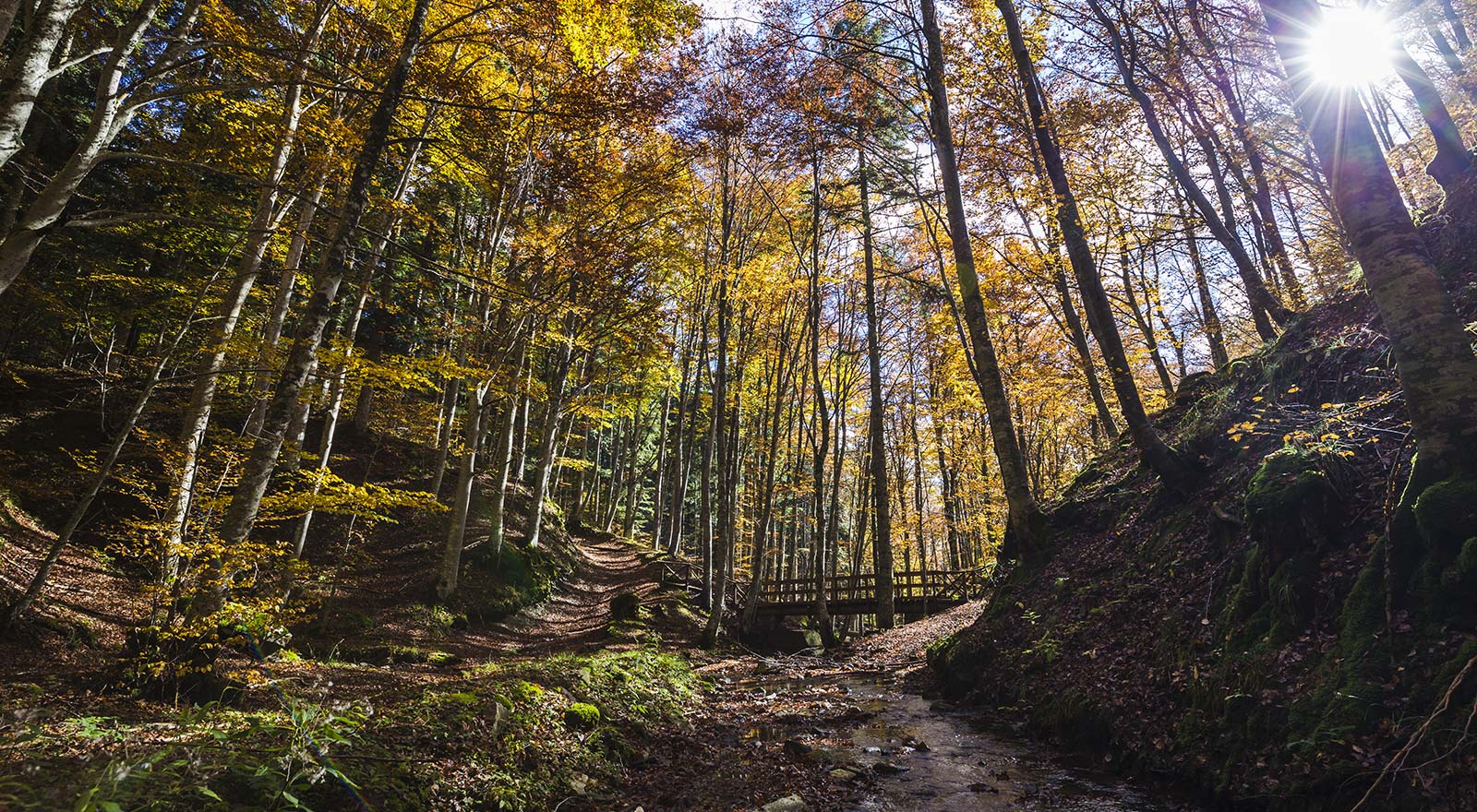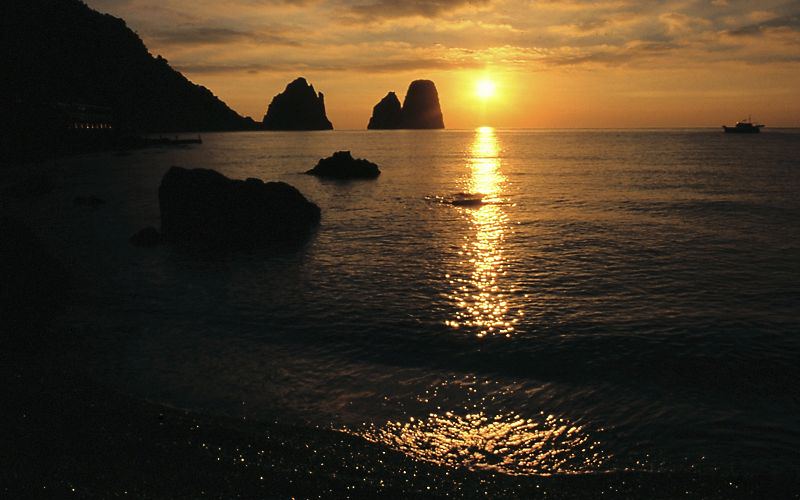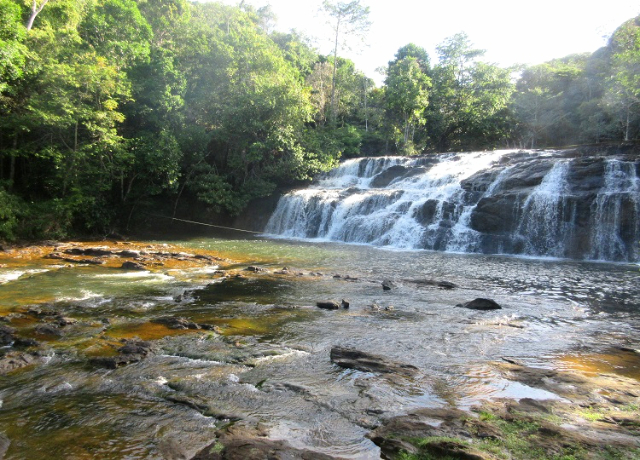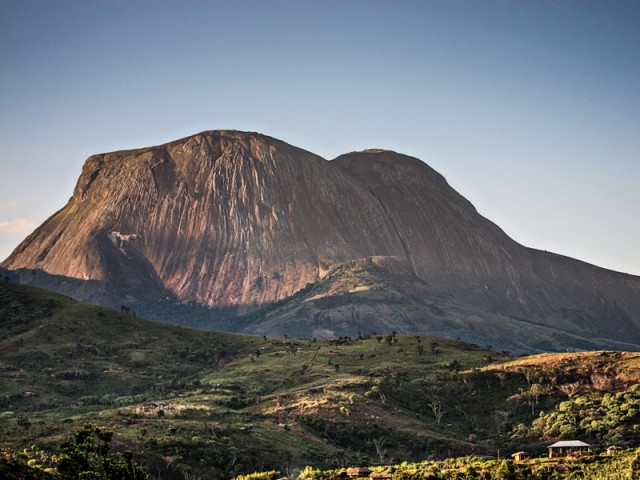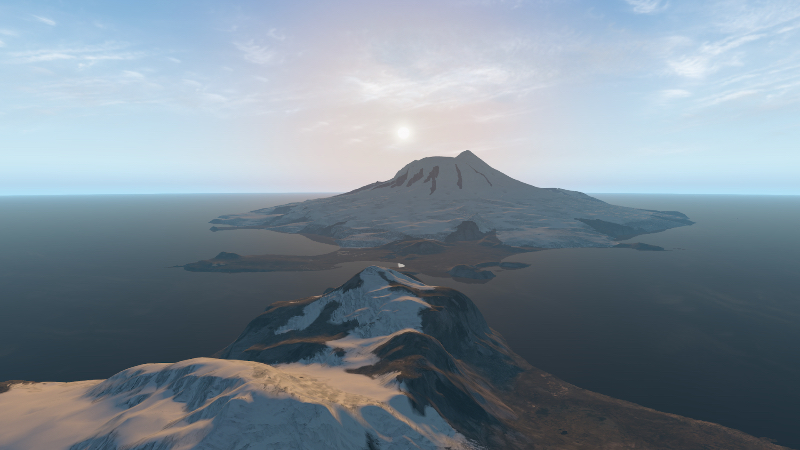Loktak Lake, located near Moirang in Manipur, India, is distinguished as the world’s only floating lake. This unique feature is due to its phumdis—a term describing the heterogeneous mass of vegetation, soil, and organic matter at various stages of decomposition that float on the lake’s surface. These phumdis form extensive floating islands, some of which are large enough to support entire communities and diverse ecosystems.
As the largest freshwater lake in Northeast India, Loktak Lake serves as a crucial resource for irrigation, drinking water, and hydroelectric power for the region. The name Loktak—Lok meaning “stream” and tak meaning “the end”—reflects its role as the convergence point for numerous mountain streams.
The largest phumdi spans about 40 km² (15 sq mi) and is home to the Keibul Lamjao National Park, the only floating national park in the world. This park is critical for the conservation of the endangered Sangai deer, known for their unique, delicate movements that resemble dancing. This species relies on the floating marshes for its survival.
Loktak Lake is not only an ecological wonder but also a vital part of the local economy, supporting traditional fishing methods that are integral to the community’s cultural and economic well-being. Moreover, the lake’s stunning natural beauty makes it a sought-after destination for tourists seeking peace and connection with nature.
The ecological importance of Loktak Lake includes providing habitat for a wide variety of animals, birds, and aquatic plants, significantly enhancing the region’s biodiversity. However, this fragile ecosystem faces threats from pollution, encroachment, and climate change, underscoring the urgency of implementing sustainable practices to protect this unique natural resource.
Explore more about Loktak Lake and its importance to ecological conservation and local culture at this comprehensive guide. Discover other unique destinations and environmental treasures at Secret World.

